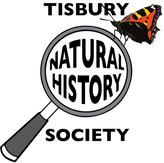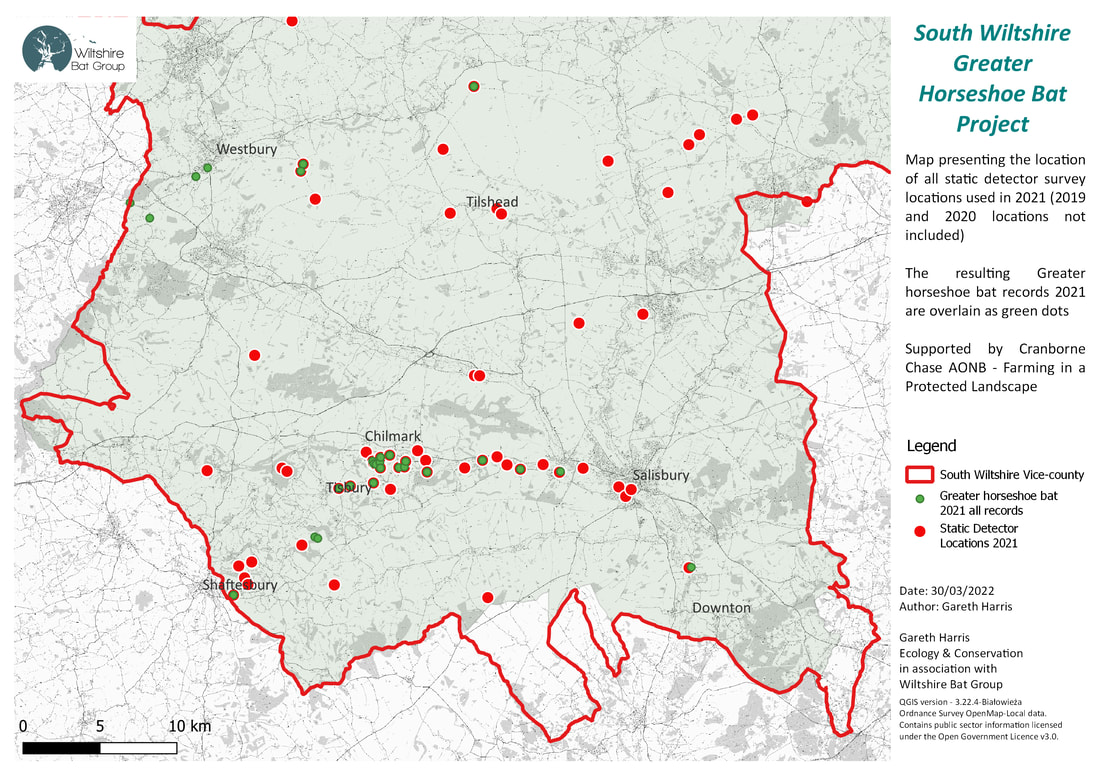|
Gareth Harris of the Wiltshire Bat Group has sent us an update on The South Wiltshire Greater Horseshoe Bat Project which was launched in October 2020. As Gareth remarks in his update, “a considerable volume of work has been achieved” including the enhancement of roosting sites, hibernation counts and large-scale bat detector & dung beetle surveys.
Further information from Gareth “During 2021, over 50 locations were surveyed for bats using static bat detectors, recording around 700,000 sound files, over 376 nights of survey, generating records of 13 species of bat. Notably this included many new records of foraging Greater horseshoe bat, as well as other rarer species of bat such as Barbastelle bat, Leisler’s bat and Lesser horseshoe. The map below illustrates the spread of locations surveyed in 2021, and then specifically which of these recorded Greater horseshoe bat. Given the importance of the Nadder valley, hosting Chilmark Quarries SSSI for example, it is unsurprising to see this area recorded such a high activity of Greater horseshoe bat. The project also initiated landscape-scale surveys for dung beetles; dung beetles are a major food source for adult and juvenile Greater horseshoe bats throughout the year (including during the winter months). Surveys were undertaken close to roosting sites of greater horseshoes as well as the wider landscape. This work feeds into partnership working with local farmers, promoting the importance of dung beetles in soil health, carbon sequestration, and also in managing livestock endoparasites. There is growing evidence that a diverse dung beetle assemblage may reduce the requirement to use livestock worming products which decimate the wider soil invertebrate community, including dung beetles.” The Wiltshire Bat Group will be releasing further updates on their website in due course, so you’ll be able to find out more about the impacts of their bat and dung beetle surveys there. Comments are closed.
|
Photo: Avocets (Izzy Fry)
The headers display photos taken by our members. Do get in touch via the Contact Form if you'd like to submit a photo for selection.
Archives
May 2024
Categories
All
|


 RSS Feed
RSS Feed